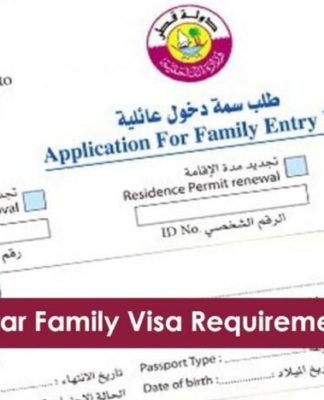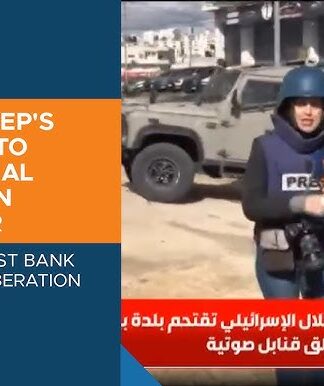A photographer from Homs becomes a youth leader after his photos of life in a refugee camp are noticed in Canada.
STORY HIGHLIGHTS
- Between November 4, 2015 and January 29, 2017, Canada took in 40,081 refugees from Syria
- In 2016, the country admitted 46,700 refugees in total, the highest number in a single year since 1978
- There are 5.5 million Syrian refugees worldwide
Sources: Government of Canada, UNHCR, We.org
Legally blind Syrian refugee Hani al-Moliya started taking photos of his life in a refugee camp in Lebanon, where he and his family apply for asylum in Canada.
His photography helps him see what would normally be out of focus and, even though he can only see shapes and outlines, Hani discovered he has a talent.
With his photos, Hani reveals the humanity of “the people of the tents”.
When Hani’s family gained asylum in Canada, he kept documenting the lives of his parents and siblings, exposing the challenges of settling down in a new country far away from the home they had to leave behind.
Within months of his arrival in Canada, Hani’s photos were noticed by the media. He was elected to be part of Prime Minister Justin Trudeau‘s National Youth Council.
The boy from the camp became a role model for youth and Syrian refugees in Canada.
 |
| Hani and his youngest brother Ashraf in the tented settlement in 2014. Ashraf was born the year the conflict began and has no memories of Syria [Andrew McConnell/UNHCR/Al Jazeera] |
FILMMAKER’S VIEW
By Zahra Mackaoui
As a documentary maker who has been filming in the Middle East for more than a decade, it seemed inevitable that at some point I would find myself covering the Syrian conflict. What I hadn’t anticipated was that it would be a journey that continues even today.
I met Hani at the end of a year filming the refugee camps across the Middle East. I had witnessed scenes of despair over and over again, and yet Hani immediately made an impression on me.
Here was a young man who had lost everything, who also suffered from a debilitating eye condition, but who refused to give up. He picked up a camera and began taking photos of his life. Before long, he’d made a name for himself as the “photographer of the camps”.
 |
| Hani’s parents and siblings in Regina, Canada [Hani al-Moliya/Al Jazeera] |
Two years after I first filmed Hani, he informed me that his family had been accepted for resettlement in Canada. I returned to Lebanon to document his journey.
The story could have ended there, but I was curious to see what would become of Hani in his new surroundings, so I continued to follow his progress. His arrival in Canada coincided with a sudden peak of interest in the Syrian refugee cause, as record numbers of refugees were travelling to Europe. In Canada, newly elected Prime Minister Justin Trudeau pledged to resettle 25,000 Syrian refugees.
The last time I returned to film Hani in October 2016, he was addressing a stadium with more than 20,000 Canadian youth and families in it as part of the global youth movement WE.org. Watching him expertly manoeuvre his way across the stage, telling his story to an enraptured audience, I thought of the young refugee I had met in the tented settlements just three years before.
At a time when anti-refugee sentiment is on the rise, amid growing influence of populist movements across Europe and the US, and just six months after President Trump set out to suspend the resettlement of Syrian refugees, Hani’s story reminds us of the individuals behind the numbers who refuse to give up on their dreams.





























![Qatar Labor Law In 2020??? [UPDATES]](https://welcomeqatar.com/wp-content/uploads/2020/12/Qatar-Labor-Law-1-696x366-1-324x366.jpg)


